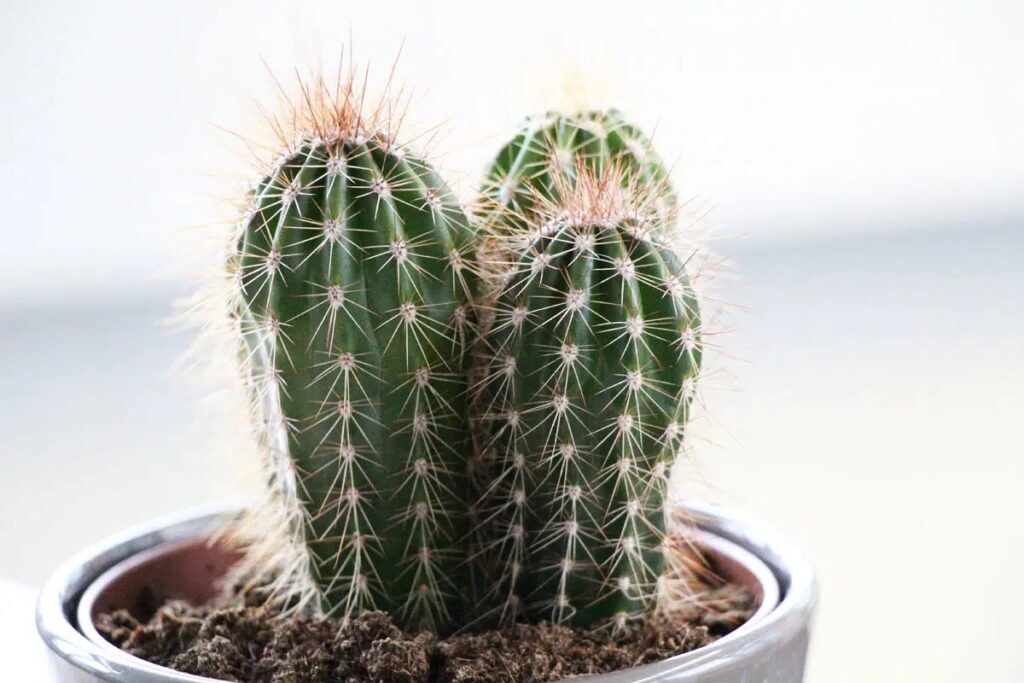Every now and then it happens that a cactus becomes soft. In many cases, the wrong watering is responsible for rotting cacti. Provided that the so-called succulents are not yet completely muddy, you can save the plants with the right measures.
A rotten cactus is the horror for many home and garden owners. You can recognize the rot inside when the succulents suddenly become mushy. Various causes are possible. In addition, first aid can save the plant if necessary.
Contents
The causes
Before treatment, owners should ask themselves why the cactus became soft? Various causes are possible:
- incorrect watering
- too little light
- wrong substrate
- sunburn
- diseases
Incorrect watering
Incorrect watering is a common cause of decay. If you water the exotic plant too generously, water will collect in the substrate. The plants are very sensitive and react quickly to the waterlogging. After all, the plants are accustomed to dry locations. The moisture in the soil causes the roots to rot. Bacteria and fungi can penetrate faster and destroy the entire cactus.
Too little light
Lack of light promotes the development of rot. In many plants, the base remains comparatively thin, while the cactus grows rapidly. Such forms are common when the plant receives too little light. Consequently, you should make sure that the Cactaceae is in a sufficiently sunny location.
Wrong substrate
With the wrong substrate, you will not give pleasure to the plants. If you fill the pot with the wrong material, you will soon have a rotten succulent in the garden. Preferably, the Cactaceae should have a substrate of little humus and a lot of minerals. With this combination, the plants thrive best.
Sunburn
Insofar as the cactus gets yellow spots, sunlight may be the cause. Direct exposure to the sun’s rays is not suitable for all succulent species. Sunburn damages the plant and promotes the development of rot.

Diseases
In soft, injured cacti, bacteria and fungi can penetrate the plants. Such openings can be caused by animals, insects or weather conditions. Henceforth, the bacteria and fungal spores have an easy time penetrating the succulents. Subsequently, the plants become rotten from the inside. In warm and humid site conditions, the growth of fungal spores is favored.
Save soft cactus
If the cactus is already completely soft and squishy, help may come too late. However, if rot is not far advanced, you can save your cactus. First, check if the upper part is healthy. Then, with the right materials and some tips, you can take care of your plants.
The materials
If you want to save your muddy plants, you will need various materials. Without the following items, the rescue is not possible:
- Gloves
- Knife
- Pot
- Substrate
- Water
- Charcoal

Separate plant
After the preparations, it is necessary to separate the healthy part of the plant from the rotten pieces. Take a disinfected knife and cut out the rotten parts. Charcoal can be used to treat the wounds of the plant. Otherwise, bacteria and fungi could get into the Cactaceae and promote rot again.
Drought
Before you replant the cacti, the wounds must dry. If the wounds are wet, there is always a risk that the succulents will rot again. Consequently, 1-2 days of waiting is recommended before putting the cactus in the substrate.
Planting
For planting, a special and high-quality substrate is required. Products containing minerals are recommended so that the plants thrive. In addition, drainage is useful to quickly drain moisture from the substrate.
Frequently asked questions
How to propagate the cacti?
If the cactaceae is rotten, the main thing is to save it. Provided that the old plant has several shoots, you can also propagate the succulents. To do this, cut off the offshoot and plant it in a suitable substrate.
When do the plants form new roots?
The time it takes for roots to form varies. For some succulents, a few days are enough, while other roots take several months to anchor in the substrate.
How often do I need to water the Cactaceae?
The cactus makes few demands on its environment and care. It is enough to water the plant once a week.










